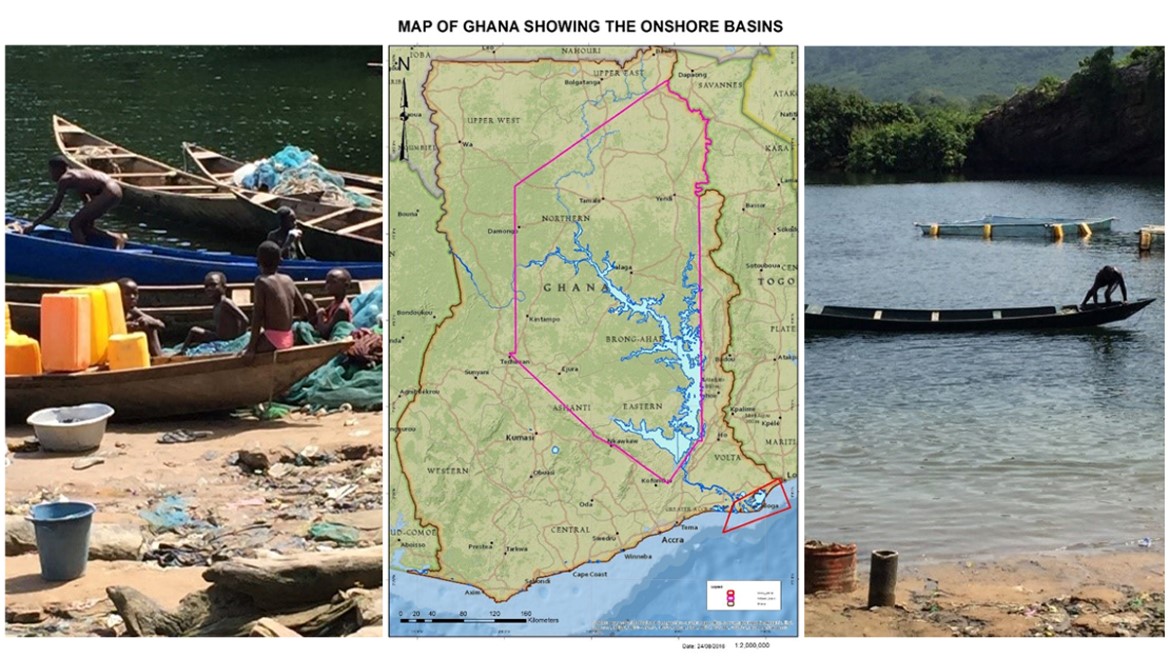
Getting ahead of environmental issues in oil and gas production
A thorough assessment of risks – and potential opportunities - is crucial for governments to make informed policy decisions before opening up areas for oil and gas activities.
A Strategic Environmental Assessment (SEA) allows governments to develop a holistic view of the issues that may arise from oil and gas activities in a specific region. Oil and gas production will influence the environment and people living in affected areas.
SEAs are well-established governance measures of best international practice. Through the Norwegian Oil for Development (OfD) programme, support has been offered to such assessments in several countries around the world. Two examples from Uganda and Ghana are described further below.
Uganda
Uganda does not yet have a general requirement regarding strategic environmental assessments, but in 2013 Uganda’s Petroleum Act introduced a specific requirement for the petroleum sector. The Act stated that SEAs should be conducted before opening up new areas that have not been previously licensed for oil and gas exploration.
However, already in 2006, following the onshore discovery of commercial quantities of oil, preparations were initiated for an SEA of the impact of further petroleum activities in the Albertine Graben region, in spite of the lack of a formal legal basis at the time.
The Albertine Graben region is of great importance to East African biodiversity, wildlife conservation and tourism and harbours transboundary water and fisheries resources of considerable importance as well.
The point of departure for this SEA was the National Oil and Gas policy. It requires government authorities to ensure that oil and gas activities are undertaken in a manner that conserves the environment and biodiversity.
The SEA was spearheaded by the Ugandan Ministry of Energy and Mineral Development (MEMD) and coordinated by the National Environment Management Authority (NEMA). The OfD programme supported the process by providing financial support and technical backstopping. A multi-institutional government steering committee was set up to guide the process. An SEA team of national and international consultants undertook the assessment.
Following two years of rigorous data collection, careful analysis and broad consultative processes at national, local and regional levels, a final draft report was available in August 2013. In early 2014 the final draft, together with a proposed framework for implementation of the SEA recommendations, was submitted to the Cabinet of Uganda. In July the following year, the SEA recommendations were finally adopted.
The Multi-Institutional Implementing Committee has been set up to develop a detailed implementation plan with specific goals, timelines and budgets and to coordinate the implementation of the recommendations.
Ghana
In Ghana the conduct of sector specific SEA's are required under the Environmental Protection Act and the Environmental Assessment Regulation.
Ghanas first oil production occurred offshore in 2010. Prior to commencement of the offshore production, the Government of Ghana, acting through the Ghanaian Environmental Protection Agency (EPA) and Ministry of Petroleum (MoPET), initiated an SEA for the concerned area. The offshore SEA in Ghana was financed and supported through the Norwegian Oil for Development programme.
The SEA-process started with a preliminary screening study, followed by scoping and an assessment phase. The process was finalized by a monitoring, a reporting and a conclusive phase. Capacity development was carried out throughout the process.
The SEA processes in both Uganda and Ghana revealed challenges with lack of adequate baselines, as well as several delays in the process.
However, while such challenges may be hard to overcome, the government can at a minimum ensure that the SEA-organisation has representatives from all the relevant ministries and agencies taking part in the process. Not only will such inclusion increase ownership of the process, it can also improve the chance of the final recommendations being implemented.
